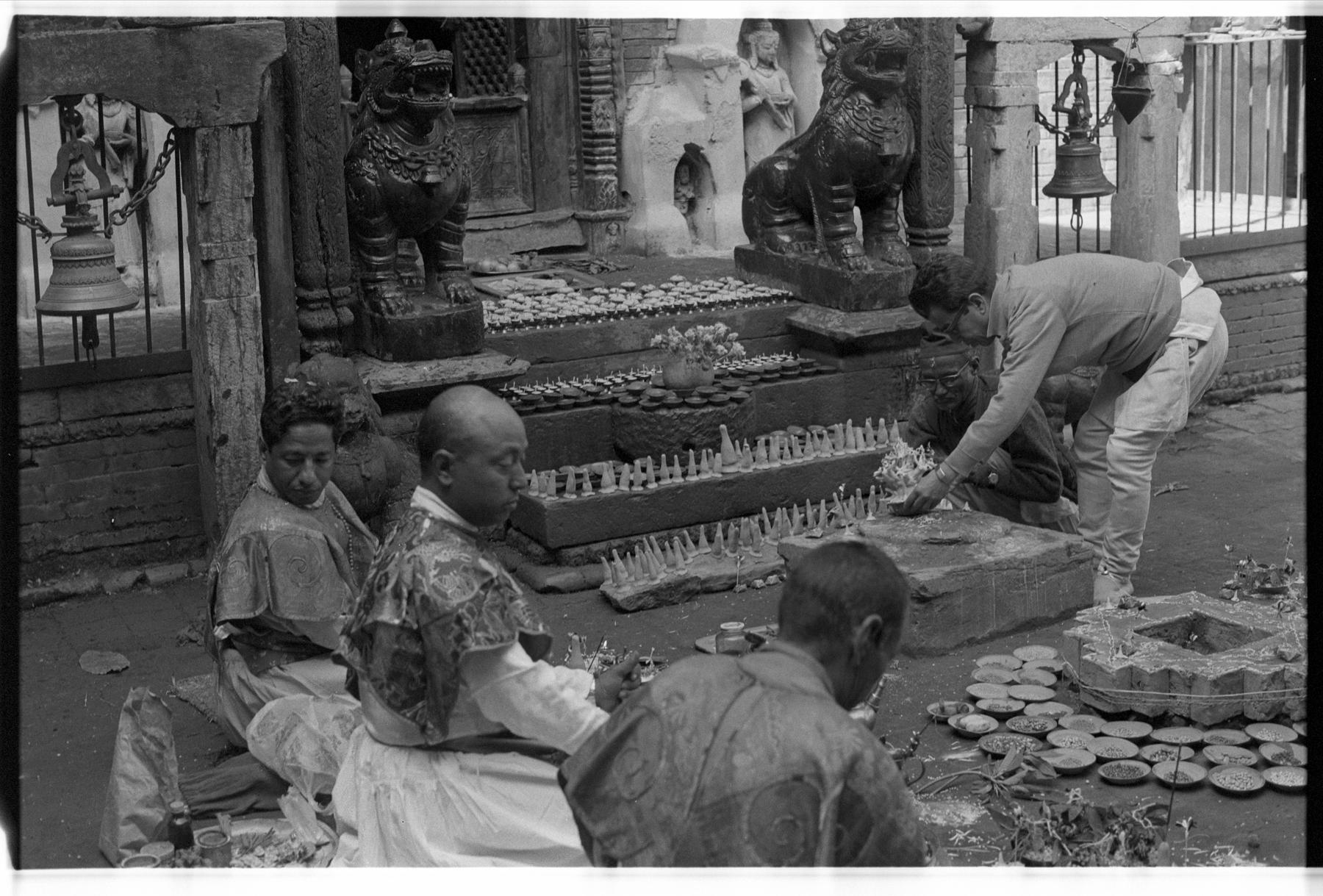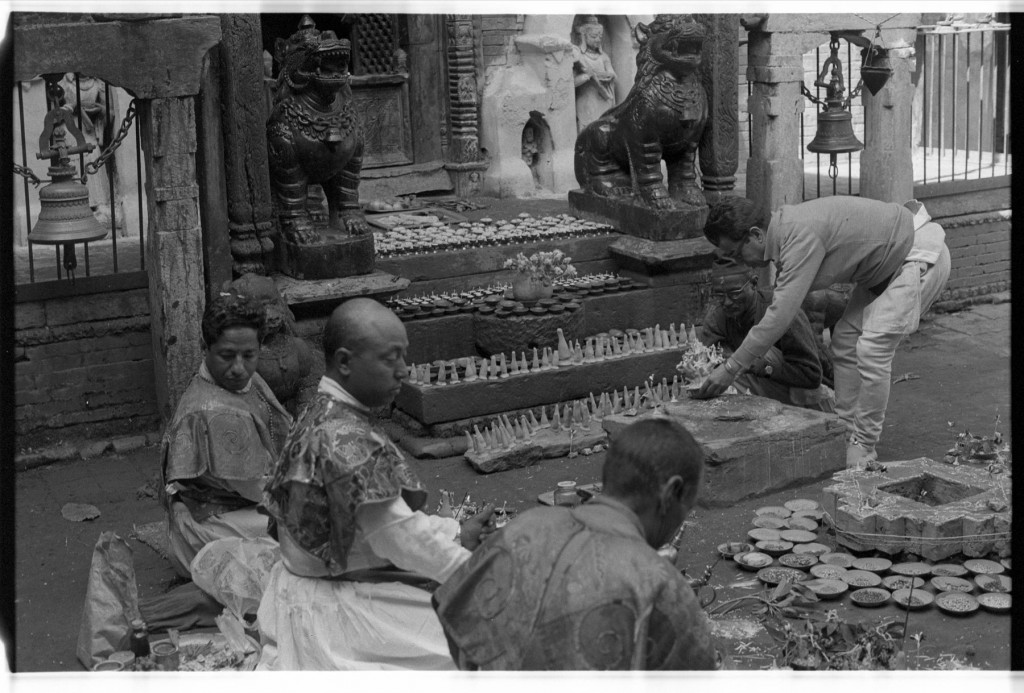A recent post on H-Buddhism from Dr. Hidenori Sakuma (佐久間秀範) questions the identity of two authors called Asvabhāva: one a commentator on the Mahāyānasutrālaṅkāra, another a commentator on Kambala’s Ālokamālā.
Not wanting to brave H-Buddhism’s shaky moderation — as seen, for example, in the oblivious reposting of Sakuma’s apparently private replies — I responded off-list. My main observation was this: the strong likelihood that the Ālokamālā belongs to a much later era of the Mahāyāna is reflected in the fact that only late authors cite it. Only tantric authors from the tenth century or later, such as Puṇḍarīka and Abhayākaragupta, know about the Ālokamālā. [Edited, 2011/09/23: ninth-century Āryadeva also knows about Kambala, though he refers to a different work.]
Moreover, there is the striking fact that it is cited by name by Śaiva tantric authors who were active in this period. Utpala’s Spandapradīpikā quotes Ālokamālā 141cd and 142, with a couple of variants, and the latter verse appears in Kṣemarāja’s commentary on the Spandakārikās, the Spandanirṇaya.*
The point here is not that this high-level form of Śaivism has such a profound intellectual debt to Buddhism that it must clarify its ideas through direct engagement with Buddhist authors. That is surely old news in this field, if rarely acknowledged in scholarship nowadays. Rather, I want to observe that the Ālokamālā is regarded as a vital tract in this particular period, and no earlier — certainly not in the fifth century, as posited by Chr. Lindtner (and repeated in Potter’s Encyclopedia). This date is probably about half a millennium400 years too early.
It could also be argued, perhaps by someone with more time and resources than myself, that the authors of the Mahāyānasutrālaṅkāra and Ālokamālā in some ways address themselves to different concerns which, it might also be surmised, are characteristic of different eras. The former is conscious of a threat from the Hīnayāna — a phenomenon which it defines with a particular clarity, seemingly lost on many scholars who have fretted about this term — and became a work of almost incontestable authority among Buddhists in India. The Ālokamālā, on the other hand, has other priorities, as did those late tantric authors who found a place for it in their own writings.
* Dyczkowski, The doctrine of vibration, Delhi: Motilal Banarsidass, 1989, p.248, n.31. The verse numbers in the Ālokamālā are supplied by myself.


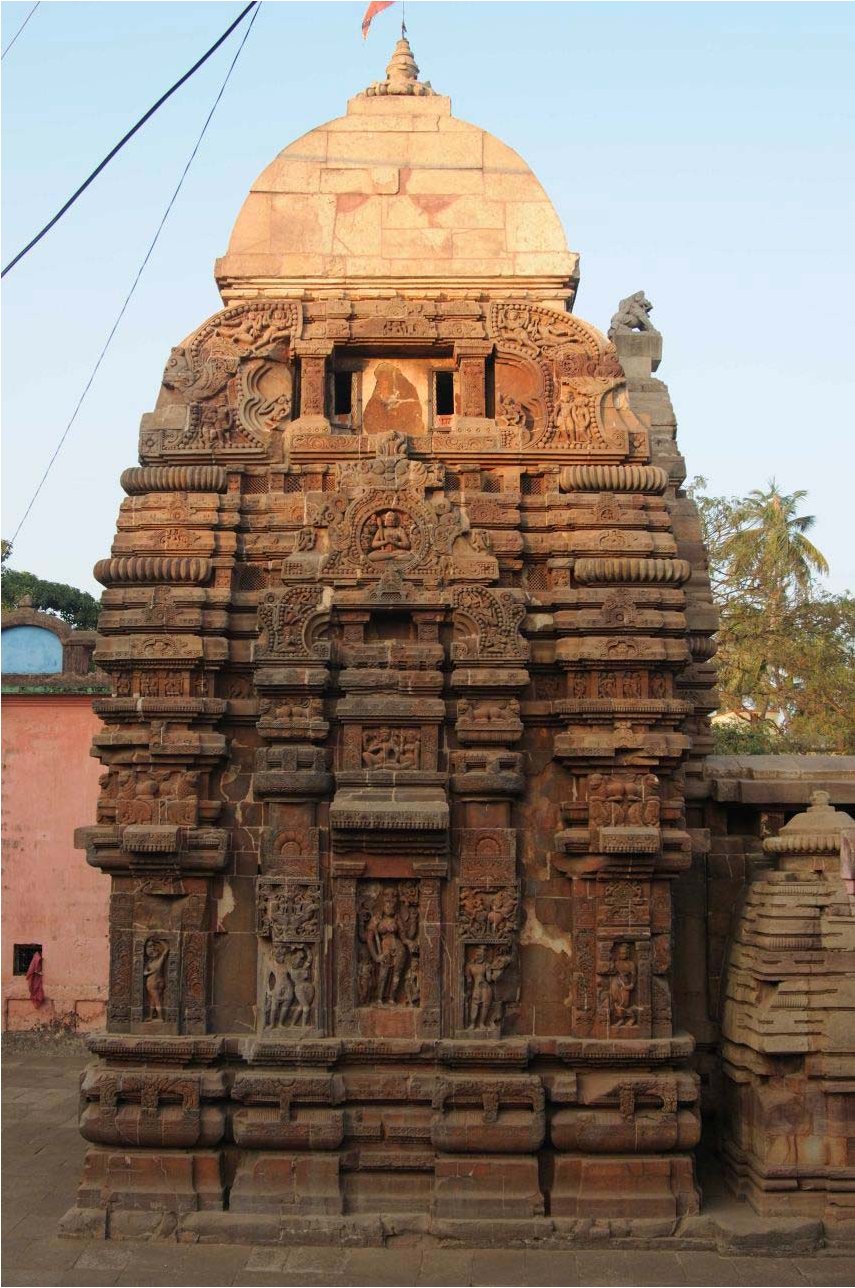
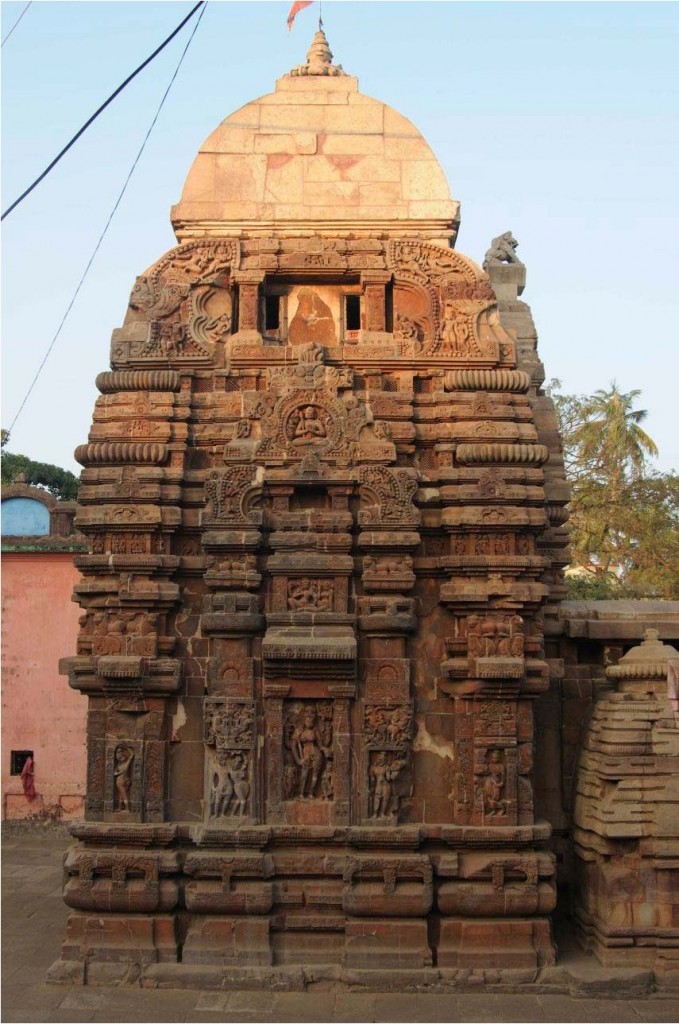
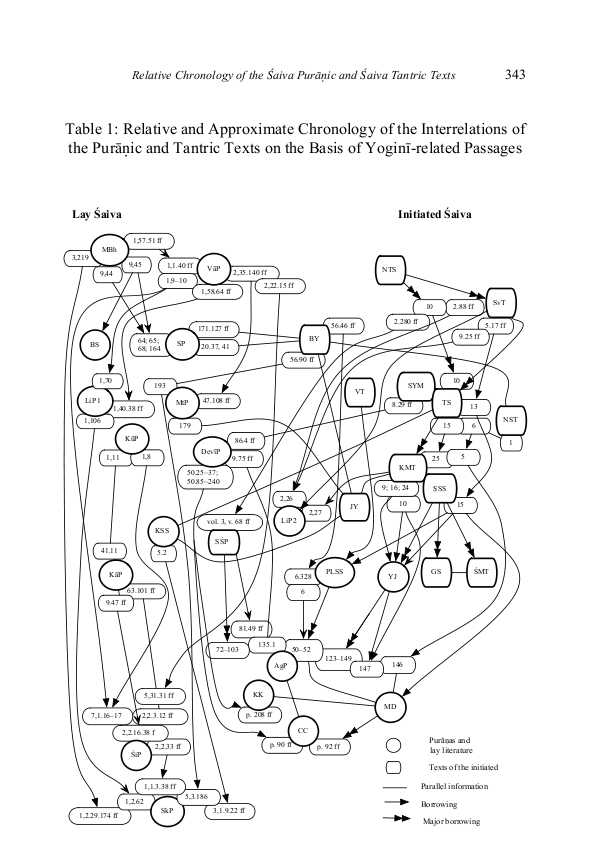
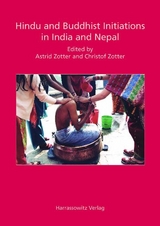 Astrid Zotter and Christof Zotter (eds). Hindu and Buddhist initiations in India and Nepal. Ethno-Indology, v.10. Wiesbaden: Harrassowitz, 2010. 380 p. ISBN 9783447063876. [
Astrid Zotter and Christof Zotter (eds). Hindu and Buddhist initiations in India and Nepal. Ethno-Indology, v.10. Wiesbaden: Harrassowitz, 2010. 380 p. ISBN 9783447063876. [